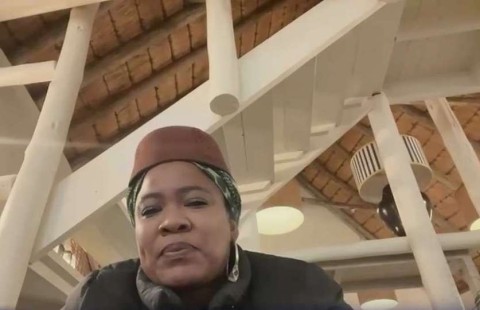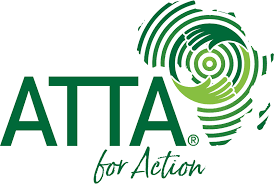The World Bank has sharply downgraded its 2025 global growth forecast to 2.3%, from a previous estimate of 2.7%, citing rising trade tensions, persistent policy uncertainty, and an increase in violent conflicts, particularly in Sub-Saharan Africa. The new forecast, released this week, paints a grim picture for many low-income countries (LICs), with deteriorating living standards, climate shocks, and slow per capita income recovery remaining critical concerns.
For Uganda and its neighbours in East Africa, the report highlighted a complex mix of challenges and cautious optimism. While Uganda faces worsening drought conditions and high food price inflation, its oil-related capital investments and anticipated 2027 oil production are expected to drive growth, offering a rare economic tailwind in a region marred by instability.
“Drought conditions in East Africa have worsened significantly since the beginning of 2025, with Uganda and Rwanda particularly affected,” the report notes, adding that floods in 2024 had already disrupted harvests and spiked food prices.
Despite a downward trend in median inflation in LICs since 2023, a resurgence in food inflation in mid-2024 has caused renewed price pressures, especially in East African markets. As a result, food price inflation remains alarmingly high in many fragile economies, worsening the plight of already vulnerable populations.
The World Bank says economic growth in fragile and conflict-affected situations (FCS) will weaken slightly to 5.5% in 2025, from 5.7% in 2024, but could accelerate to 7.0% annually in 2026–27, driven in part by Uganda’s emerging oil sector.
However, this silver lining is not shared by many non-resource-rich economies. Growth in these countries is projected to remain flat at 5.7% in 2025 and average just 6.1% in the subsequent two years.
The report raises alarm over escalating violence in East Africa and the Sahel, with millions displaced in recent months. In the Democratic Republic of Congo, violent conflict in the eastern regions has severely affected mining activities and internally displaced several million people, dragging economic growth down to 4.9% in 2024.
Ethiopia’s growth also moderated to 6.1%, largely due to foreign exchange reforms and tight monetary policies aimed at controlling inflation and stabilising the economy.
These pressures mean that per capita incomes across Sub-Saharan Africa are projected to grow at only 1.6% per year from 2025 to 2027, which is insufficient to restore pre-pandemic economic trajectories. Notably, over one-third of LICs are expected to have lower per capita incomes than pre-pandemic projections by 2027, despite gradual improvements.
At a broader level, the report flags a grim global environment. “This would mark the slowest rate of global growth since 2008, excluding full-blown recessions,” it warns. Trade restrictions, mounting geopolitical risks, and unpredictable policy environments are placing unprecedented pressure on emerging markets and developing economies (EMDEs), undermining progress in poverty reduction and job creation.
“The ability of EMDEs to close income gaps with advanced economies remains insufficient,” the report says.
If trade barriers continue to escalate or major economies fail to resolve policy uncertainty, financial stress could worsen globally. However, the report also allows for upside potential, especially if lasting trade agreements are reached and multilateral cooperation strengthens.
The World Bank urges national policymakers, especially in vulnerable EMDEs, to shore up their fiscal positions by raising domestic revenues and prioritising spending. Structural reforms are also essential to stimulate private investment, improve labour markets, and strengthen institutions.
Critically, the report underscores the need for global cooperation to ease the burden on debt-distressed and conflict-affected countries while also addressing long-standing climate vulnerabilities.
As Uganda prepares to ramp up oil production and capitalise on natural resource-driven growth, its policymakers are being urged to balance optimism with caution, ensuring that resource windfalls translate into inclusive growth, resilience to climate shocks, and meaningful improvements in citizens’ livelihoods.
comments












